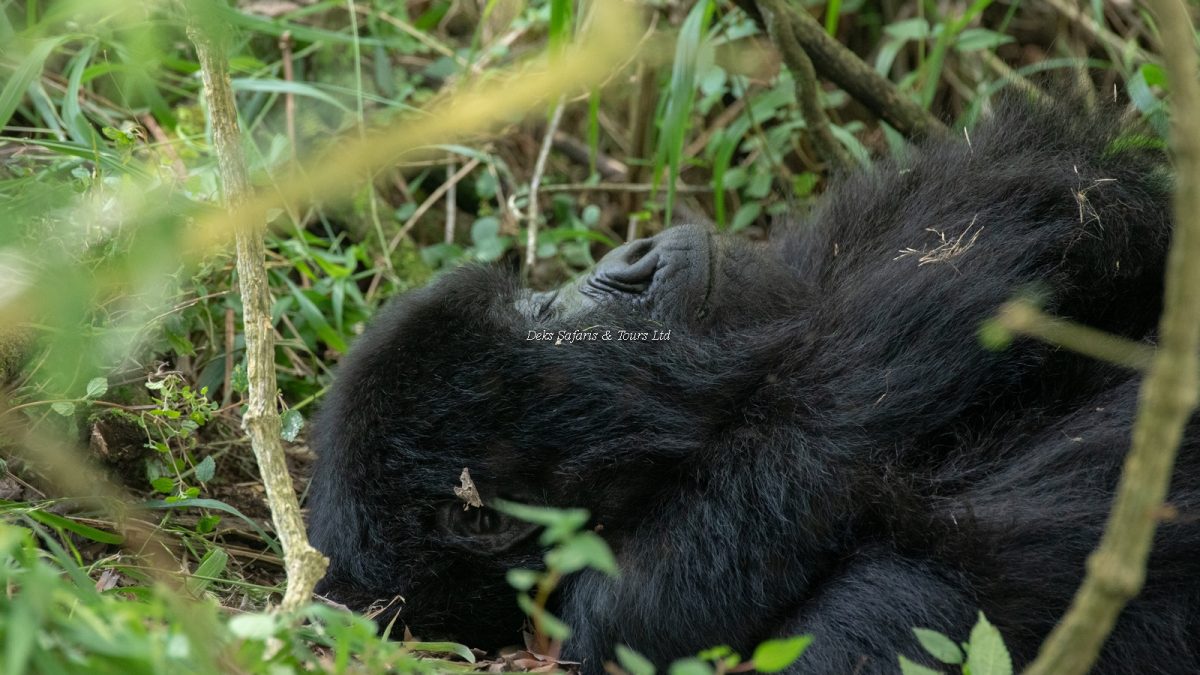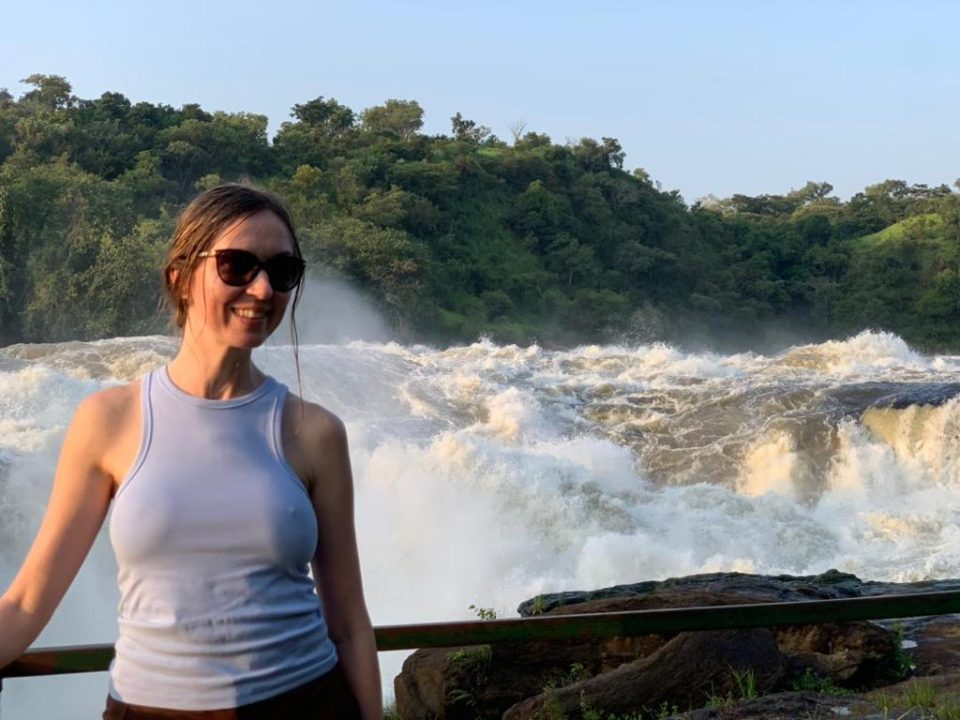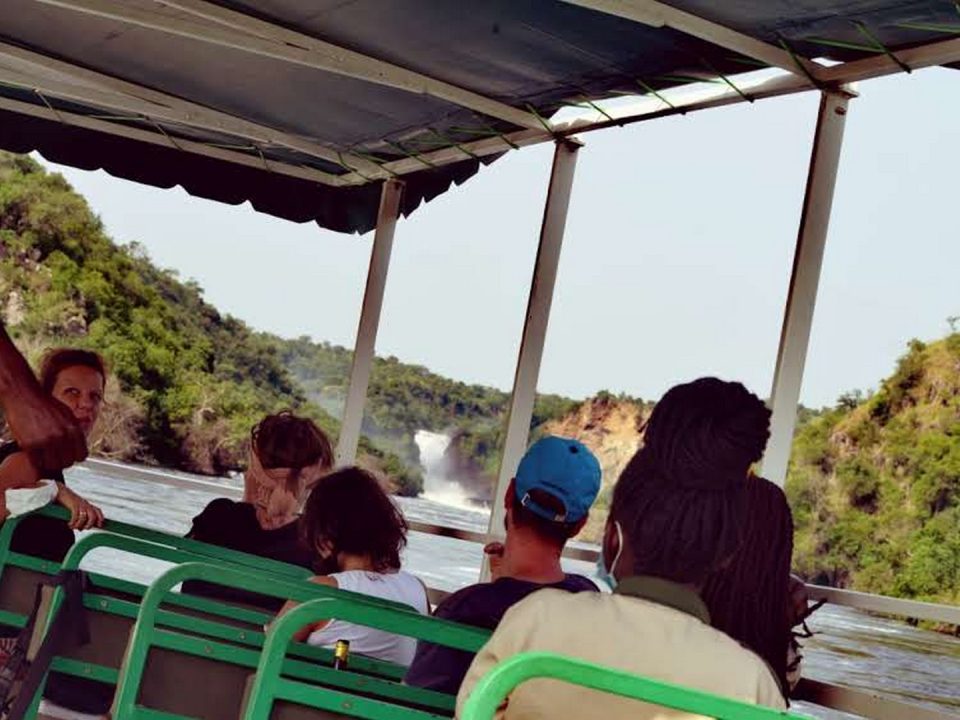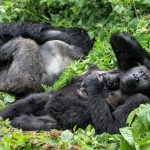
How Long is the Trek to See Gorillas in Uganda?
February 20, 2025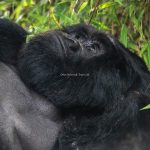
How Hard is Gorilla Trekking in Uganda?
February 20, 2025Which Month is Best for Gorilla Trekking in Uganda?
Gorilla trekking in Uganda is one of the most sought-after wildlife experiences in the world. Situated in the lush forests of Bwindi Impenetrable National Park and Mgahinga Gorilla National Park, Uganda offers a rare opportunity to witness the majestic mountain gorillas in their natural habitat. As with any adventure, timing plays a crucial role in ensuring a smooth and enjoyable experience. So, when is the best time to go gorilla trekking in Uganda? In this comprehensive guide, we explore the various factors that influence the best months to embark on this once-in-a-lifetime adventure.
Understanding the Climate in Uganda
Uganda has a tropical climate, characterized by two main rainy seasons: the long rains and the short rains. The country’s climate and weather patterns play a significant role in determining the optimal time for gorilla trekking. The gorillas live in the rainforests of Bwindi and Mgahinga, which means that weather conditions can be unpredictable, even in the dry months. Nevertheless, certain months stand out as better options for trekking, depending on how you want to balance weather, accessibility, and the overall experience
.
The Dry Season: The Best Time for Gorilla Trekking
The dry season in Uganda is generally considered the best time for gorilla trekking, as the trails are easier to navigate, and the weather is more predictable. There are two distinct dry seasons in Uganda: the long dry season and the short dry season.
The Long Dry Season (June to September)
The long dry season from June to September is the peak time for gorilla trekking. During this period, Uganda experiences minimal rainfall, and the paths leading to the gorillas are less muddy and more accessible. The temperatures are cooler, which makes trekking through the dense rainforests of Bwindi and Mgahinga a bit more comfortable compared to the wet season.
Since this is the most popular time to trek gorillas, it’s also the busiest season, with more tourists visiting the parks. This may result in higher prices for permits and accommodation, so it is advisable to book well in advance to secure your spot. Despite the higher volume of visitors, the trekking experience remains incredibly rewarding. The dry season offers the best chance to enjoy clear skies, stunning scenery, and easier access to the gorillas, which makes it the ideal time for many travelers.
The Short Dry Season (December to February)
The short dry season, typically from December to February, is also an excellent time for gorilla trekking in Uganda. Similar to the long dry season, there is less rainfall during these months, and the terrain is more favorable for trekking. This period offers lower rainfall, more sunshine, and shorter showers, making it another great window to visit Uganda for gorilla trekking.
During the short dry season, the weather is still relatively cooler compared to the wet months, and the trails are less slippery, improving the trekking experience. Although it is not as crowded as the long dry season, the short dry season remains a popular time for tourists, meaning that permits and accommodations may be in high demand. Therefore, booking in advance is highly recommended.
The Wet Season: A Different Experience
Though the rainy seasons from March to May and October to November are generally not ideal for gorilla trekking, they come with their own unique set of advantages for certain travelers.
The Long Wet Season (March to May)
The long rainy season from March to May brings substantial rainfall, which makes trekking through the dense forests more challenging. The trails become muddy, slippery, and harder to navigate, and trekking at this time can be more strenuous. However, for those willing to brave the conditions, this time of year is less crowded, meaning you’ll have a more secluded experience with fewer tourists around.
The wet season also coincides with the green season, when the forests are lush, and the wildlife is abundant. If you’re an avid photographer or nature lover, you may appreciate the beauty of the rainforest in full bloom, with the added benefit of having a quieter, more intimate experience with the gorillas. However, trekkers should be prepared for unpredictable weather, heavy downpours, and the potential for challenging trekking conditions.
The Short Wet Season (October to November)
The short rainy season from October to November also brings heavy showers, making the terrain more difficult to navigate. While trekking is still possible during this period, the trails can be slippery and muddy, and there is a higher likelihood of rain during the trek. That said, these months tend to be less busy, which means fewer tourists and potentially lower prices for permits and accommodation.
While the weather may not be ideal, the short wet season also coincides with the time when the gorillas tend to be more active, and the lush environment creates an impressive backdrop for your trekking adventure. However, just as with the long wet season, trekkers need to be physically prepared for the muddy conditions and the possibility of rain during their trek.
Other Considerations for Gorilla Trekking
Apart from the weather, there are several other factors to consider when deciding on the best month for gorilla trekking in Uganda:
- Crowds: If you prefer a more tranquil experience and fewer crowds, the wet seasons (March to May and October to November) may be better for you, although the weather conditions may be less favorable. The dry months, particularly June to September, are the busiest, with a larger number of tourists.
- Gorilla Habituation Experience: If you’re interested in a more immersive experience, consider the gorilla habituation experience, which allows you to spend up to four hours with the gorillas. This is available year-round but is especially popular during the dry months when conditions are more favorable.
- Health and Fitness: Regardless of the season, the trek to see gorillas can be physically demanding, requiring good health and fitness. The dry season offers easier trekking conditions, while the wet season can make the trek more challenging due to slippery trails.
Conclusion: The Best Time for Your Gorilla Trekking Adventure
In conclusion, the best months for gorilla trekking in Uganda are generally during the dry seasons of June to September and December to February, when the trails are easier to navigate, and the weather is more predictable. These months offer the most favorable conditions for trekking and provide an excellent opportunity to witness the gorillas in their natural habitat. However, if you prefer a quieter experience with fewer tourists, the wet season (March to May and October to November) may be suitable, provided you are prepared for muddy trails and more challenging conditions.
At Deks Safaris & Tours Ltd., we recommend planning your gorilla trekking adventure based on your preferences, whether you value fewer crowds, easier trekking, or an opportunity to experience the rainforest in its full, vibrant green state. Regardless of when you go, the experience of encountering mountain gorillas will be one of the most unforgettable moments of your life.

